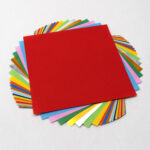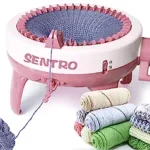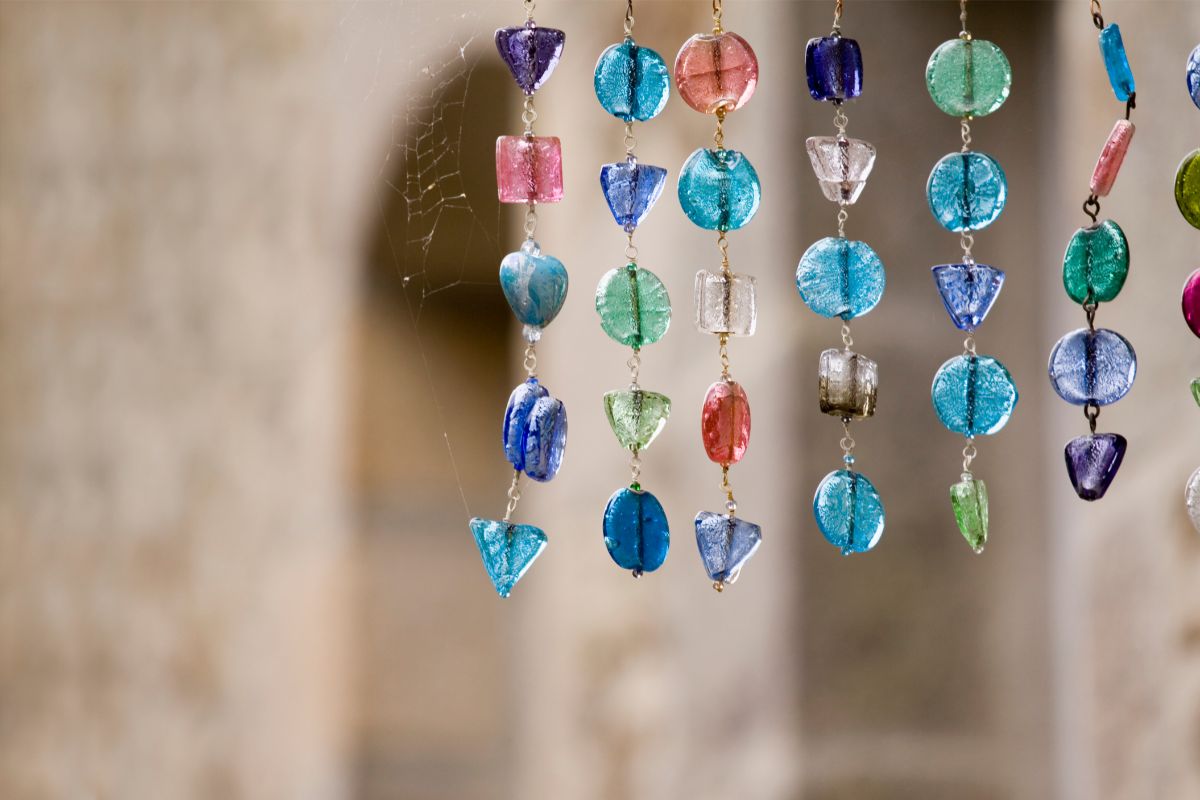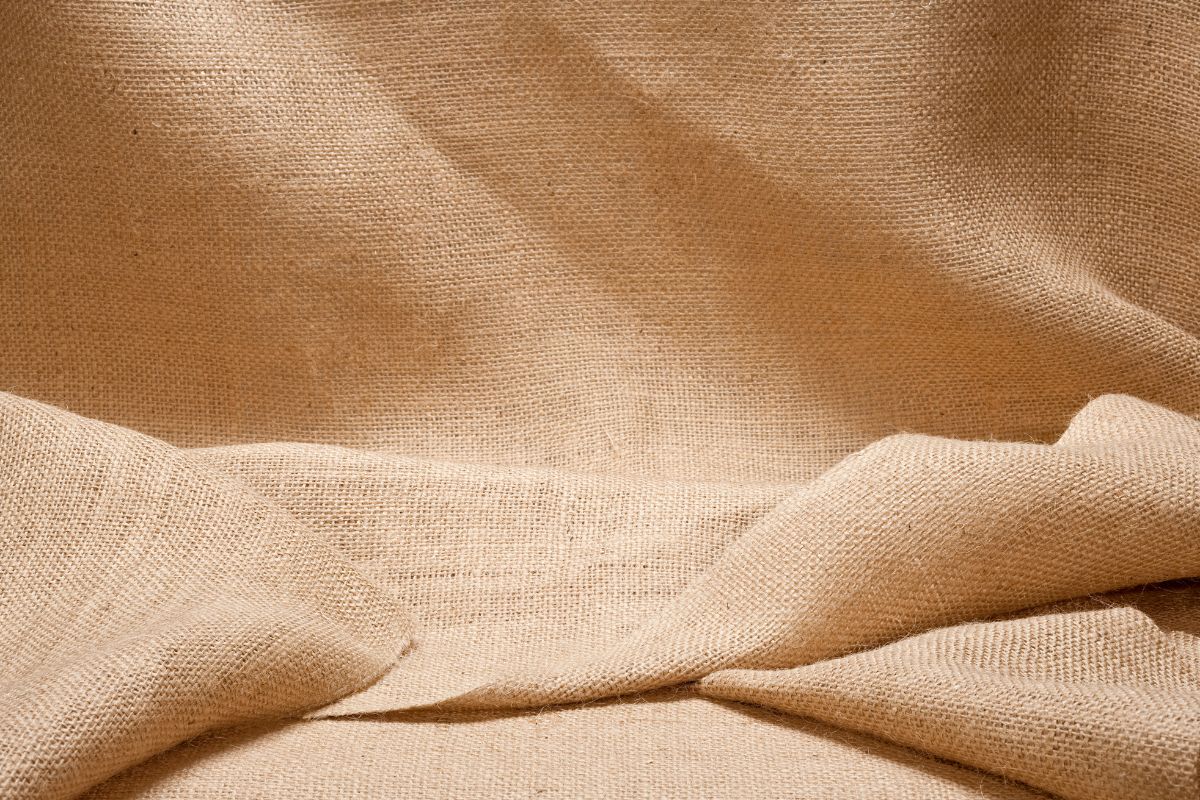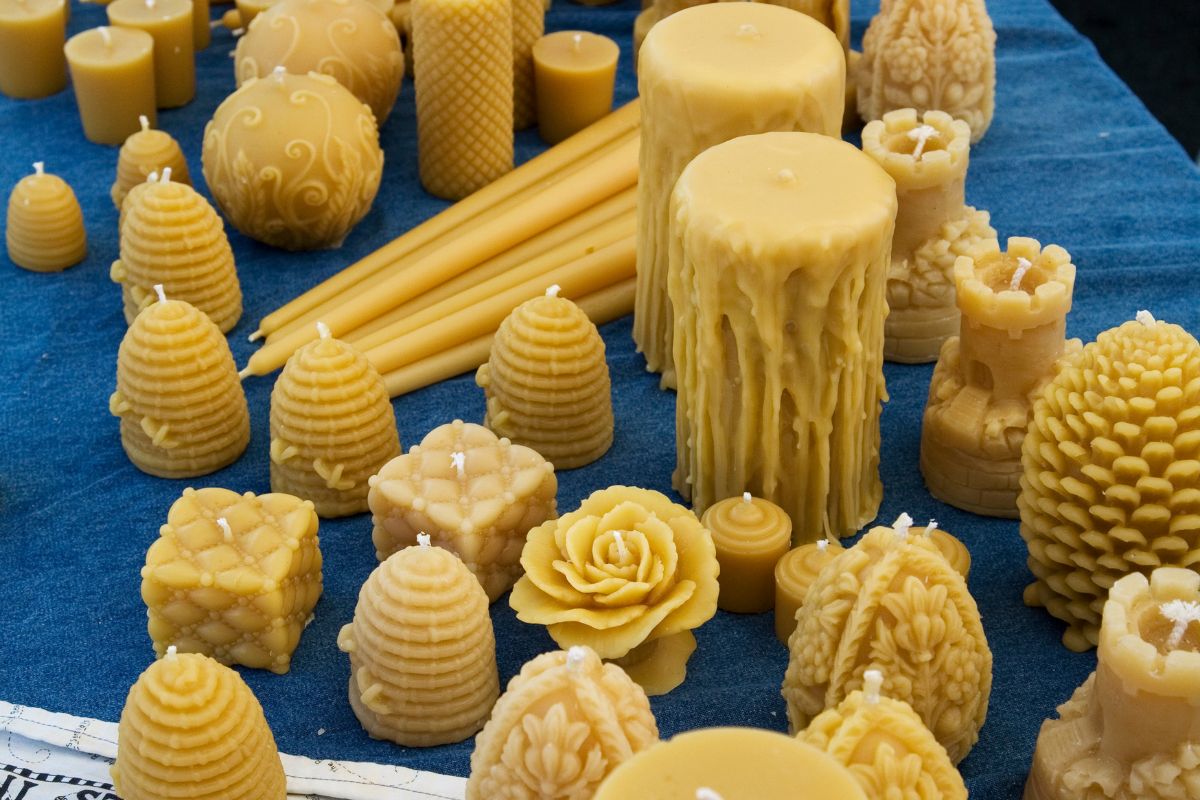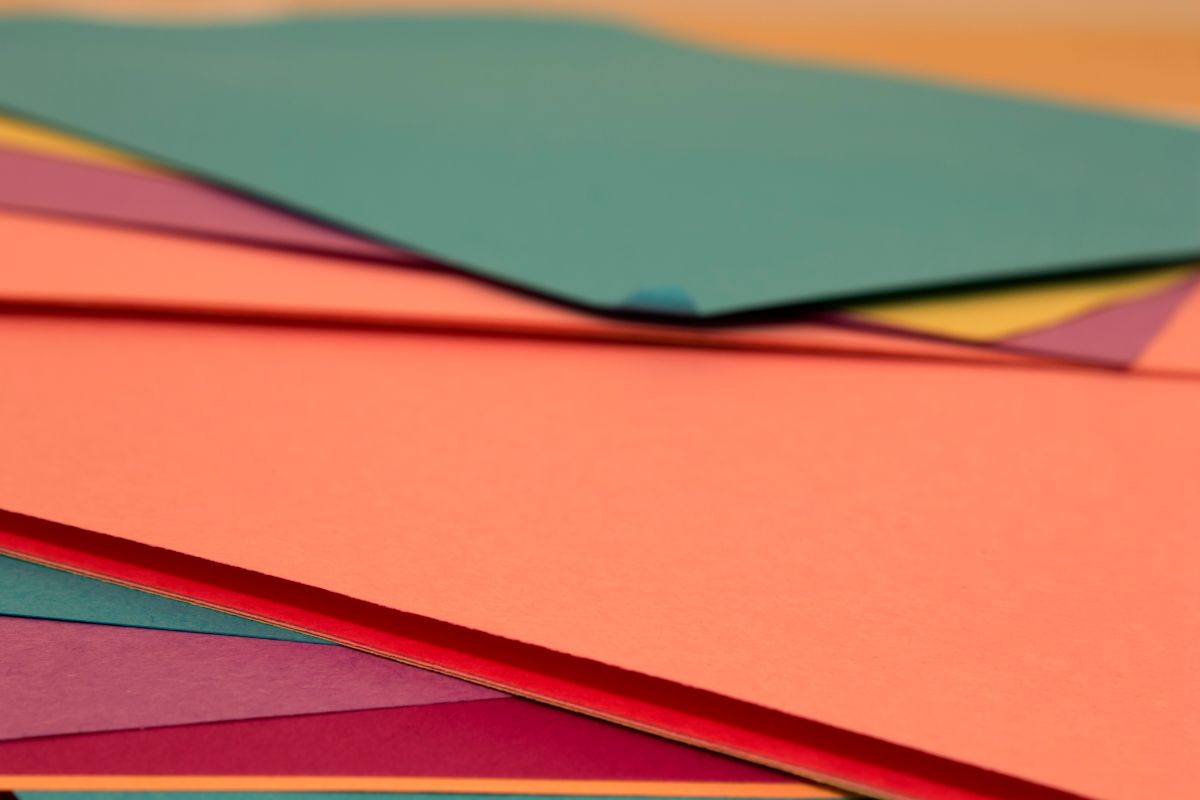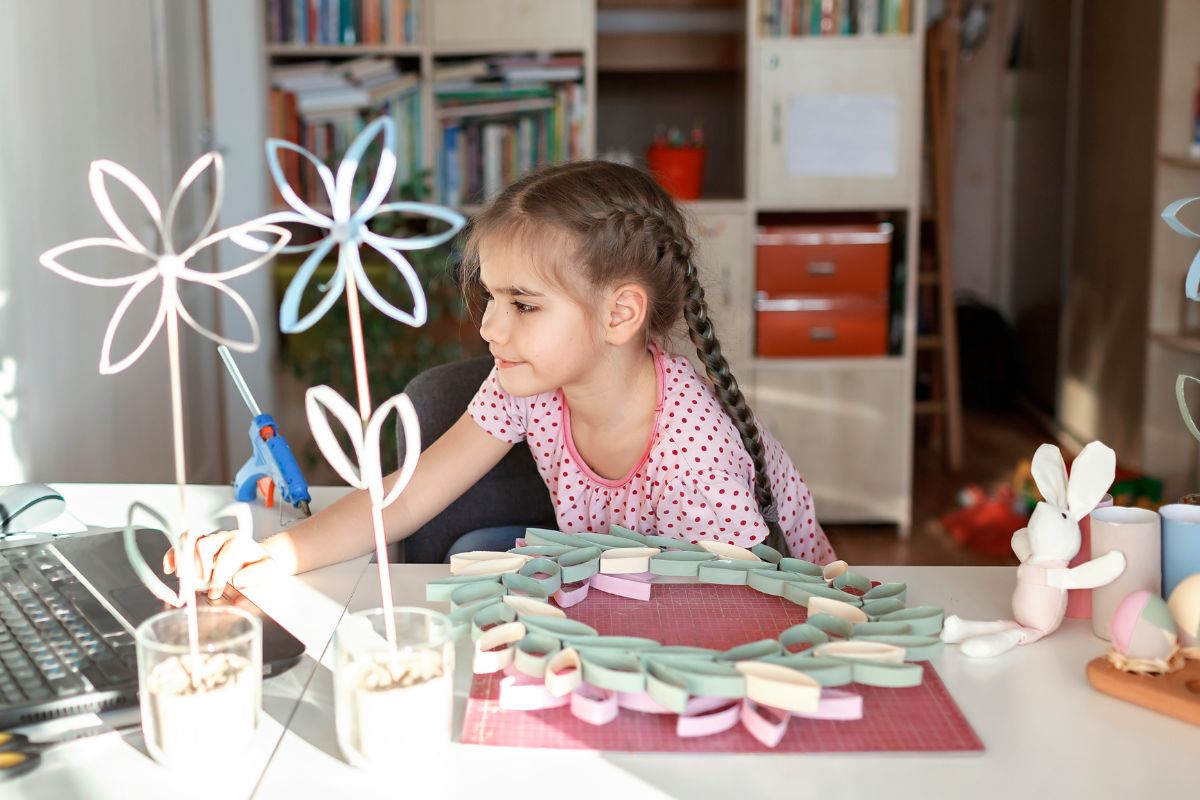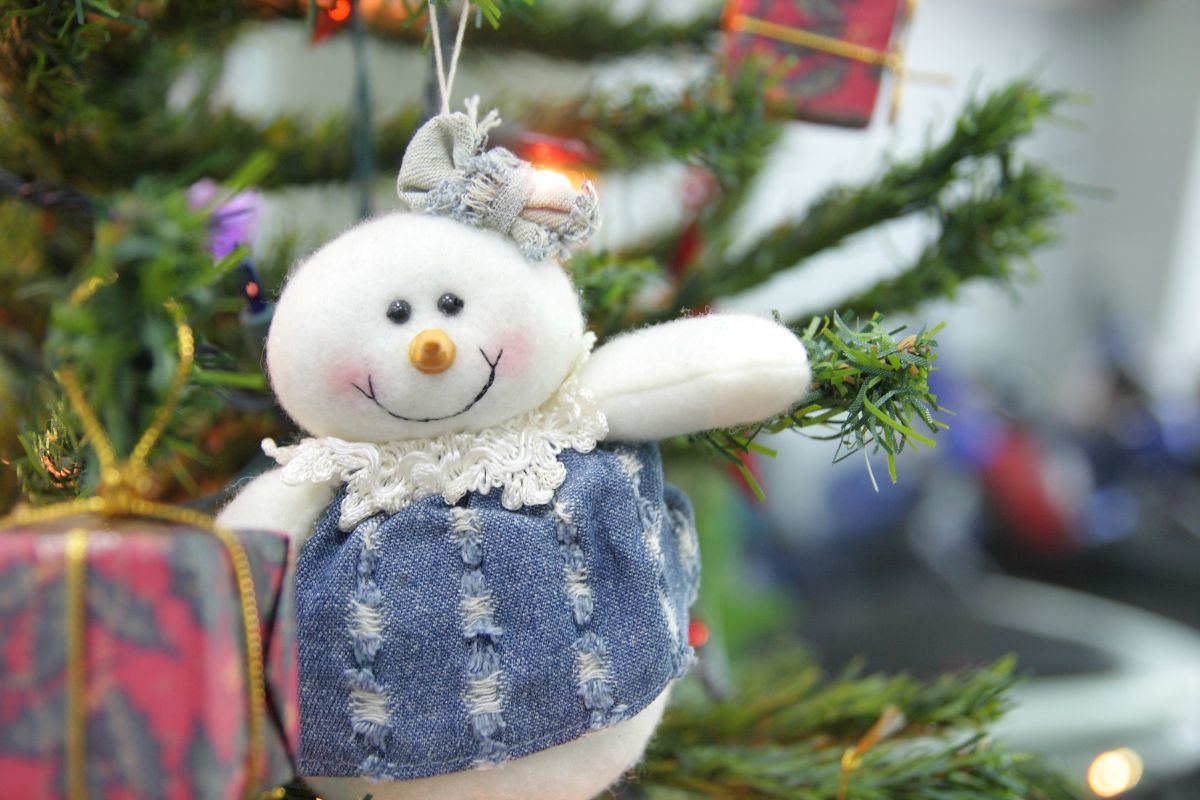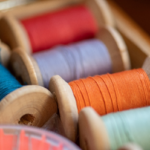
Learning how to yarn over in knitting can be intimidating, especially for beginners. It can seem like a hard and complicated technique that only experienced knitters have mastered. But it doesn't have to be that way! Yarn over is an essential technique for any knitter, and once you learn it properly, it will become second nature.
Imagine being able to create your own custom cowl or shawl without having to rely on pre-made patterns. Don't you think that would be great? With the yarn over technique, you'll have the ability to create more intricate stitches and unique projects. Plus, this skill will give you greater freedom when selecting projects; there are hundreds of complex patterns out there that require yarn overs in order to look their best.
Once you've learned how to yarn over correctly, you'll also be able to use this technique with a variety of other techniques such as cables, lace work, and ribbing. Learning how to yarn over opens up an entire world of possibilities when it comes to knitting.
So don't let the idea of learning how to yarn over intimidate you – mastering this skill isn't as hard as it seems. With step-by-step instructions and tips from experienced knitters, anyone can gain the confidence they need to become a masterful yarn over knitter!
What is yarn over in knitting, and why is it so intimidating for beginners?
In knitting, a yarn over (abbreviated as "yo") is a fundamental technique that creates an extra stitch and an eyelet hole in the fabric. To perform a yarn over, the knitter simply wraps the yarn around the needle from front to back, without knitting or purling into a stitch.
For beginners, the concept of a yarn over can be intimidating for several reasons. Firstly, it involves manipulating the yarn in a different manner than the standard knit and purl stitches, which can feel unfamiliar and awkward at first. The tension and positioning of the yarn need to be precise to avoid creating unintentional holes or loose stitches.
Secondly, understanding the effects of yarn overs on the overall pattern can be confusing. Since yarn overs create holes, they are commonly used in lace knitting and other decorative stitch patterns. Beginners may struggle to visualize how yarn overs contribute to the pattern or how they fit into the sequence of stitches.
Additionally, yarn overs can be prone to mistakes, such as accidentally adding or skipping them. Identifying and fixing errors in yarn overs can be tricky, especially for new knitters who are still developing their skills.
Overall, while yarn overs open up a world of possibilities for intricate and beautiful designs, their introduction to beginners may cause hesitation due to the added complexity and uncertainty they bring to the knitting process. However, with practice and patience, mastering yarn overs can empower knitters to create stunning and delicate projects.
Step-by-step instructions on how to yarn over
- Start with your working yarn in the back of the right-hand needle, ready to knit the next stitch.
- Instead of inserting the needle into the next stitch on the left-hand needle, simply bring the working yarn from back to front over the needle, creating a loop.
- Keep the tension on the yarn so that the loop stays in place.
- Now, insert the right-hand needle into the next stitch as you would for a regular knit stitch.
- Complete the knit stitch by bringing the yarn around the right-hand needle and pulling it through the stitch on the left-hand needle.
- You have now completed a yarn over! You should see a new stitch on the right-hand needle and a small eyelet or hole created by the loop of yarn from step 2.
- Continue with your knitting pattern as directed. The yarn over will create an extra stitch and add a decorative hole in your fabric.
Remember to practice the yarn over technique until you feel comfortable with it. It might feel a bit awkward at first, but with time and experience, it will become more natural. Happy knitting!
Tips and tricks for mastering this important element of the craft
- Maintain consistent tension: Keep the yarn over loose enough to create a defined eyelet but not too loose to avoid gaps in your fabric.
- Practice with larger needles: Use bigger needles and chunkier yarn to practice yarn overs initially, as they are easier to see and handle.
- Count your stitches: Pay attention to the number of yarn overs in your pattern to ensure you're not accidentally adding or skipping any.
- Use stitch markers: Marking the location of yarn overs in lace patterns can help you keep track of your progress and avoid mistakes.
- Fixing mistakes: If you make an error, learn how to tink (unknit) or drop stitches to correct yarn overs without unraveling your entire work.
- Study patterns: Work on various patterns that incorporate yarn overs to gain confidence and understand their role in different designs.
- Be patient: Like any skill in knitting, mastering yarn overs takes time and practice, so don't be discouraged if it feels challenging at first.
With these strategies and dedication, you'll soon become proficient in incorporating yarn overs into your knitting projects and enjoy the beauty they add to your creations.
When and why you should use the yarn over technique in your projects
The yarn over technique can be used in various projects to add decorative elements and create eye-catching designs. It is particularly suited for lace knitting, where it forms intricate patterns and delicate openwork. Consider using yarn overs in shawls, scarves, and lightweight garments to achieve a light and airy texture. Additionally, they can be incorporated into accessories like socks, mittens, and hats to add visual interest. Yarn overs can also be used to create buttonholes or decorative edging on blankets and afghans. Furthermore, in combination with other stitch techniques, yarn overs can enhance the beauty of sweaters and cardigans. Mastering this technique opens up a world of possibilities, allowing you to infuse your knitting projects with elegance and sophistication.
Popular patterns that use this technique
Yarn overs are widely used in various popular knitting patterns, especially in lace knitting. Lace patterns showcase the beauty of yarn overs, creating intricate and delicate designs. Here are some popular patterns that prominently feature the yarn over technique:
- Feather and Fan: This classic lace pattern creates a stunning wave-like effect using yarn overs and decreases. It's often used in shawls, scarves, and blankets.
- Honeycomb Stitch: This pattern combines yarn overs and decreases to create a textured fabric that resembles a honeycomb. It's commonly used in sweaters and cozy accessories.
- Clapotis: A famous asymmetric triangular scarf pattern that incorporates yarn overs to create decorative dropped stitches, giving it a unique and fashionable look.
- Shetland Lace: Hailing from the Shetland Islands, this intricate lace pattern uses a variety of yarn overs and decreases, resulting in delicate, airy fabrics often found in shawls and wraps.
- Leaves and Vines: Inspired by nature, this pattern features flowing vines and leaf motifs formed with yarn overs and decreases, making it perfect for scarves and mittens.
- Peacock Feathers Shawl: As the name suggests, this pattern captures the elegance of peacock feathers through intricate yarn overs and lacework.
- Ishbel: A popular crescent-shaped shawl pattern that showcases beautiful lace motifs achieved using yarn overs and decreases.
- Lacy Cardigans: Many cardigan patterns incorporate lace panels with yarn overs to add a touch of femininity and elegance.
These are just a few examples of how the yarn over technique can be used to create stunning and visually appealing designs in knitting. Whether you're a beginner or an experienced knitter, exploring these patterns will surely inspire you to create beautiful and intricate projects.
Yarn overs can be a bit intimidating for beginners, but with practice and dedication anyone can master this important technique. Once you become comfortable performing yarn overs, it will open up many possibilities for creating beautiful designs in your knitting projects. Whether you’re looking to add decorative eyelets or intricate lace patterns, the yarn over technique is sure to bring life to all of your creations. With these step-by-step instructions and tips on mastering the craft as well as popular patterns that use this technique, there are endless opportunities awaiting those who conquer the art of yarn over knitting!
To find out more about knitting, please visit any of the following areas:
- How to sew together knitting
- What is brioche knitting
- How to join yarn in knitting
- How to join in the round knitting
- How to finish a knitting scarf
- How to make a slip knot for knitting
- How to switch colors knitting
- How to hold yarn when knitting
- What does kfb mean in knitting
- How to fix a dropped stitch in knitting
- How to hold knitting needles
- What is frogging in knitting?
- How to change colors in knitting
- How to count rows in knitting
- How to increase in knitting
- How to slip stitch knitting
- How to yarn over in knitting
- What is a knitting loom?
- How to make bobbles in knitting?
- Where can I buy sentro knitting machine?
- What can you make with a sentro knitting machine?
- Cricut Hat Press: A Comprehensive Guide on Usage - August 13, 2023
- Unlocking Creativity with the Cricut Joy: A Comprehensive Guide - August 12, 2023
- The Ultimate Guide to the Cricut Maker Bundle - August 11, 2023


